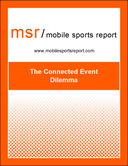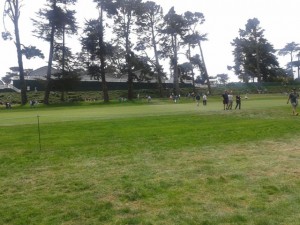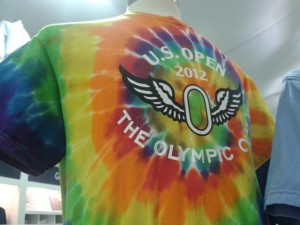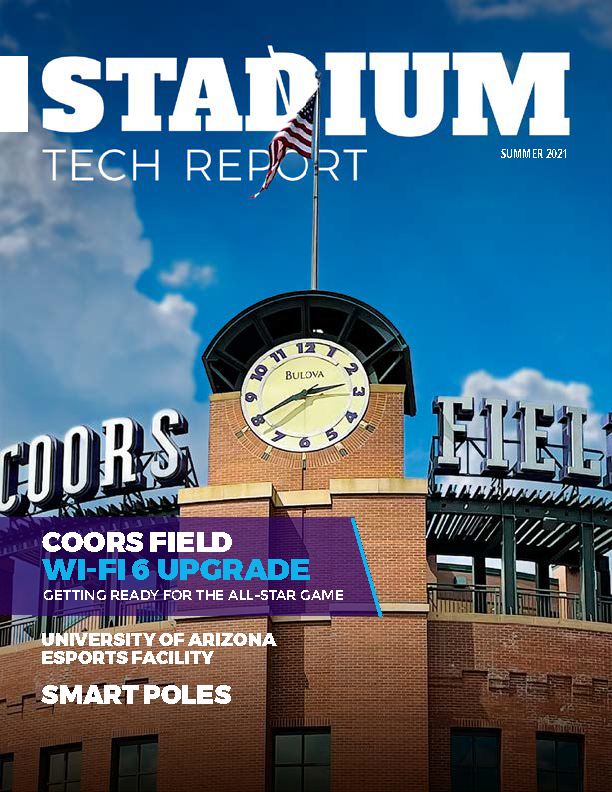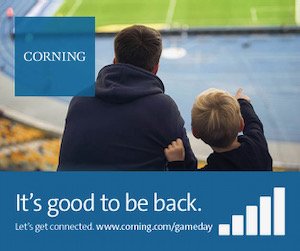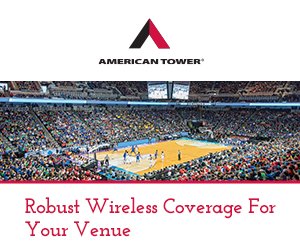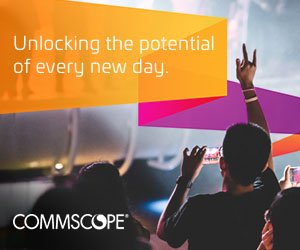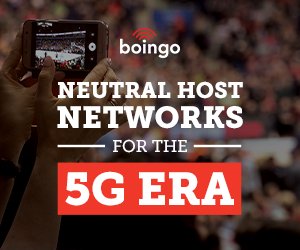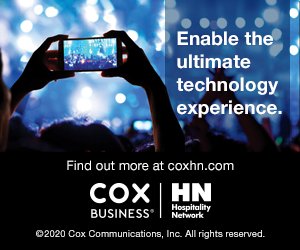 What are you doing the first week of August? If you are in the business of sports stadium or large-arena technology, you should be planning to attend the SEAT 2013 conference Aug. 4-7 in Kansas City. If you’re not, you’re going to miss out on the chance to interact with real people who are tackling the real tasks of bringing technology to their arenas, to enhance the fan experience while they improve their own organization’s bottom line.
What are you doing the first week of August? If you are in the business of sports stadium or large-arena technology, you should be planning to attend the SEAT 2013 conference Aug. 4-7 in Kansas City. If you’re not, you’re going to miss out on the chance to interact with real people who are tackling the real tasks of bringing technology to their arenas, to enhance the fan experience while they improve their own organization’s bottom line.
As part of our partnership with the folks who run the SEAT conference we are in the process of putting together some great long-form interviews with the people who will be speaking at the event, and those stories will be appearing soon here on the MSR site. Though I hope the stories are informative and entertaining, I know they’re just a small substitute for the “main course” of information you can get by showing up at SEAT in person, to listen in person to the nuances and details of the work being done by these stadium-technology leaders.
Though we’ve paid a lot of attention to stadium technology here at MSR over the last two years, I’ve always known that we are only scratching the surface when we report, say, a new Wi-Fi network being deployed. There’s always more to the story, and as I am learning through these recent interviews with SEAT speakers, there is almost always something specific and local to a stadium, arena or large-crowd facility that is far different from the norm. Like having to deal with historic building regulations in order to install video boards, or having to satisfy a sponsor contract with a wireless service provider while trying to bring connectivity to all the fans in a facility. We’ll soon have some interesting tales from folks running some of the biggest-name places in the big leagues of sports, so stay tuned to hear their stories.
The bottom line is, there are no easy, cookie-cutter ways to deploy technology. That’s why I think hearing as many stories and insights as possible from the people doing this work today is invaluable. And that’s what you’ll get from Aug. 4-7 in Kansas City at SEAT: up-close and personal interaction with the leading deployers of stadium technology and applications, in a setting set up to foster collaboration and information sharing. Don’t miss out, book your ticket to SEAT today.
